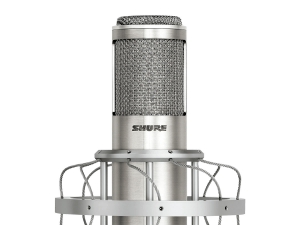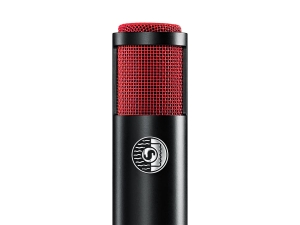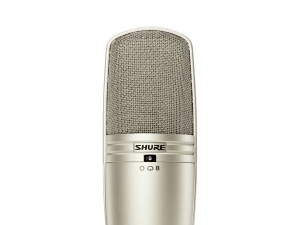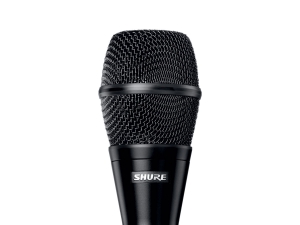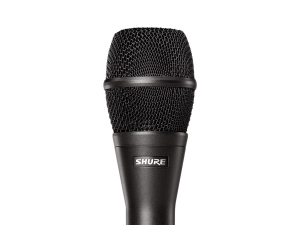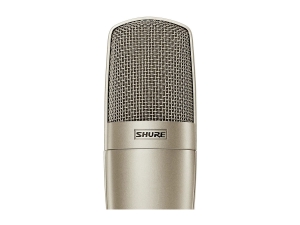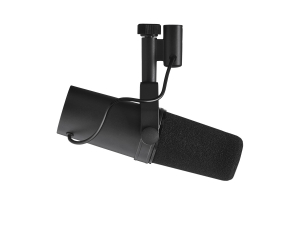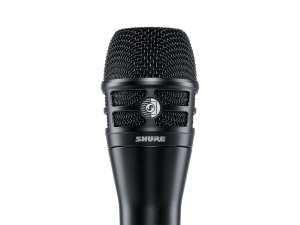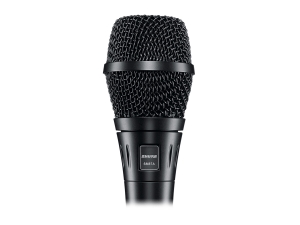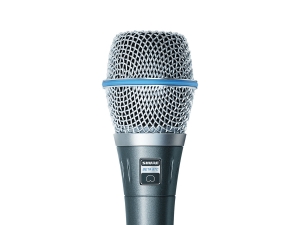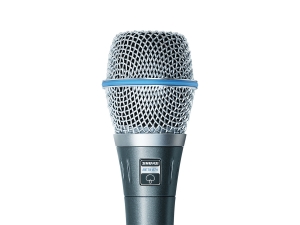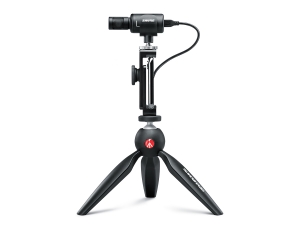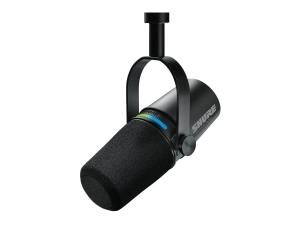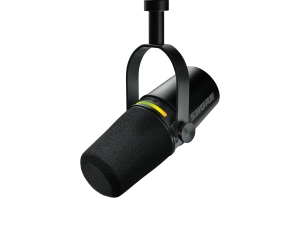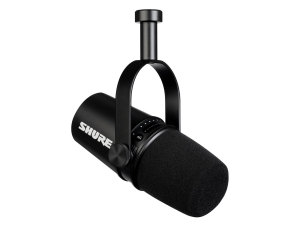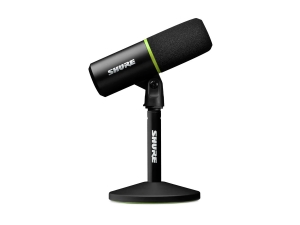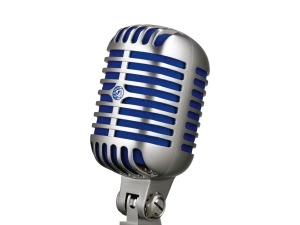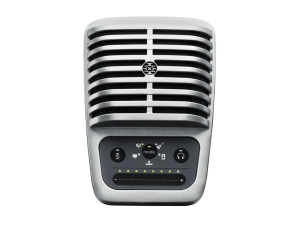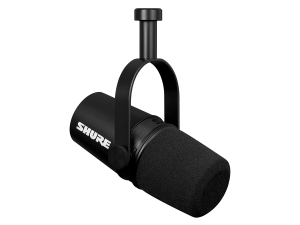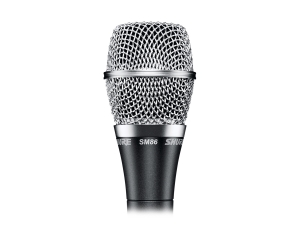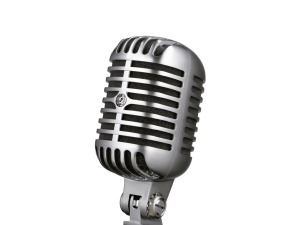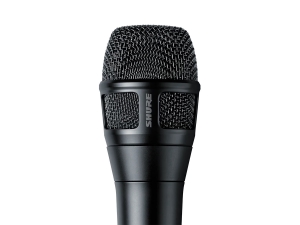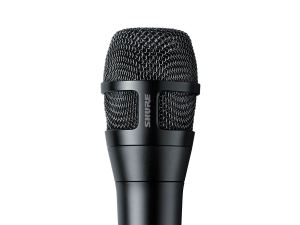No two singers are the same, but searching for a microphone doesn’t have to be difficult. Check out our tips for vocalists to find the perfect one.
Polar Pattern:
Cardioid polar patterns help control feedback and reduce ambient sound in most cases. If you're on a tight stage, consider a microphone with a supercardioid polar pattern, which is narrower than the cardioid.
Frequency Response:
Most mics for close-up vocals share a similar frequency response that features rolloff of the extreme high- and low-end frequencies that are outside the normal vocal range, plus a boosted mid-range. This is called a shaped frequency response.
Cartridge Type:
Dynamic cartridges contain fewer components that could fail, and they don't require phantom power, so they're often preferred for live sound. Condenser mics require phantom power, but if you need a brighter sound with extended highs, then a condenser might be a better option.
Tips:
As a general rule, the more you spend on a vocal mic, the less handling noise and breath noise you're likely to experience due to improvements in the mic's shock mount and pop filter. Leaving the mic in the stand rather than holding it can mitigate handling noise, however, and using a windscreen can reduce breath noise.
Futher Reading
How to Choose the Best Microphone for Vocals
Popular Shure Mics and Applications
Which microphone should I use on ... ? (Selection Guides)
How to Choose the Best Microphones for Home Recording
10 Ways to Improve Singing with a Microphone
Top 4 frequently asked questions about how to sing with a microphone
Choosing the Right Mic
Mic for recording rap vocals
Microphone for Voice Over
Microphone Basics: Transducers, Polar Patterns, & Frequency Response



